4 Players Who Stepped Into Their First Postseason Spotlight With The Cubs
The Chicago Cubs’ postseason run didn’t end with a trophy, but it did showcase the depth that carried them deep into October.
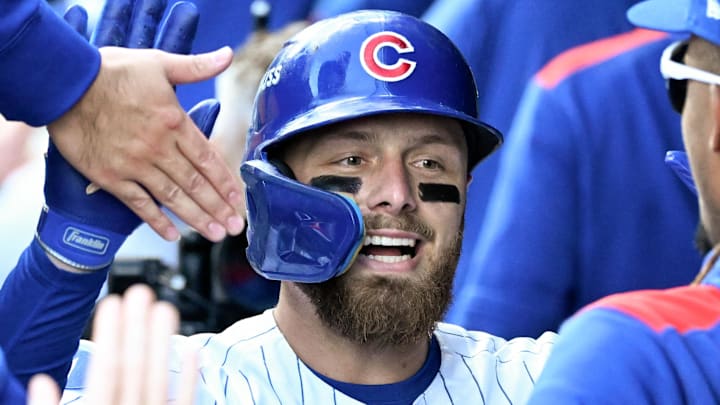
From unexpected bullpen heroes to fearless rookies at the plate, several Cubs stepped into the spotlight and made their mark during Chicago’s 2025 playoff campaign.
Below are the players who turned postseason pressure into defining career moments.
Michael Busch: Leadoff Power That Set the Tone
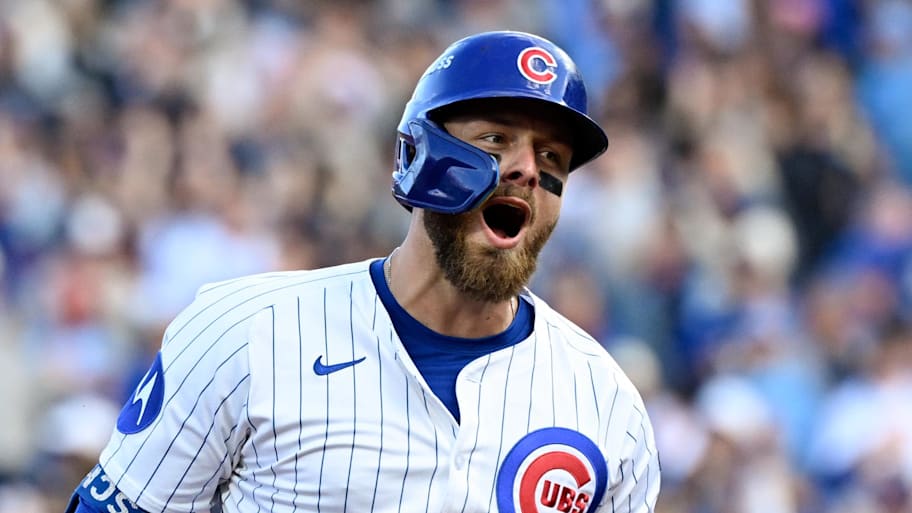
Michael Busch’s patient, powerful approach carried into October. His combination of discipline and early-count aggression gave Chicago needed momentum at the top of the order.
He opened Game 3 of the NLDS with a leadoff home run, his second of the series, becoming the first Cub to record multiple leadoff homers in a single postseason series.
Busch’s on-base skills helped spark several first-inning rallies, and his consistent production at the top of the lineup set the tone throughout October.
Pete Crow-Armstrong: Poise Beyond His Years
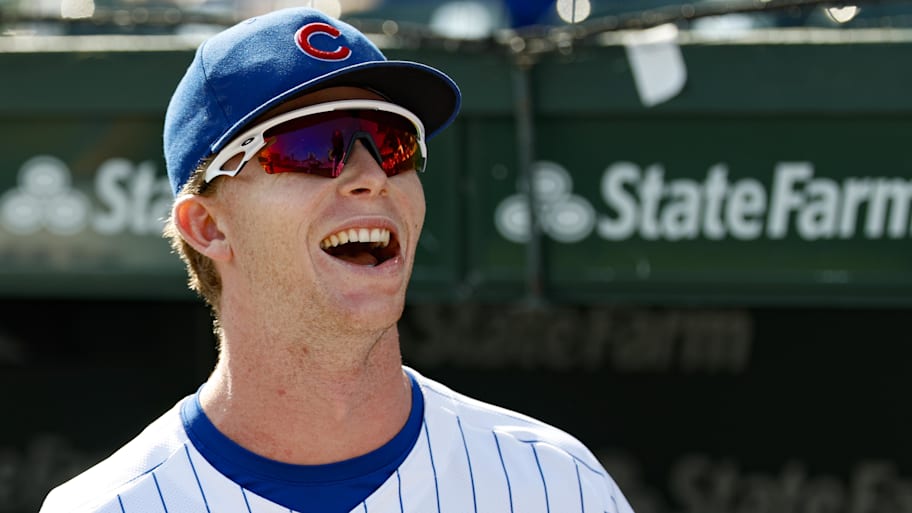
Rookie center fielder Pete Crow-Armstrong made his first postseason one to remember. After driving in the go-ahead run in Chicago’s Wild Card series win over San Diego, he delivered again in Game 3 of the NLDS, lining a two-run single to center that helped extend the Cubs’ lead at Wrigley Field.
Offense aside, it was the 23-year-old’s elite defense and fearless approach that were on full display and set him apart, providing a glimpse into the energy and confidence fueling the next era of Cubs baseball.
Brad Keller: The Unexpected Stopper
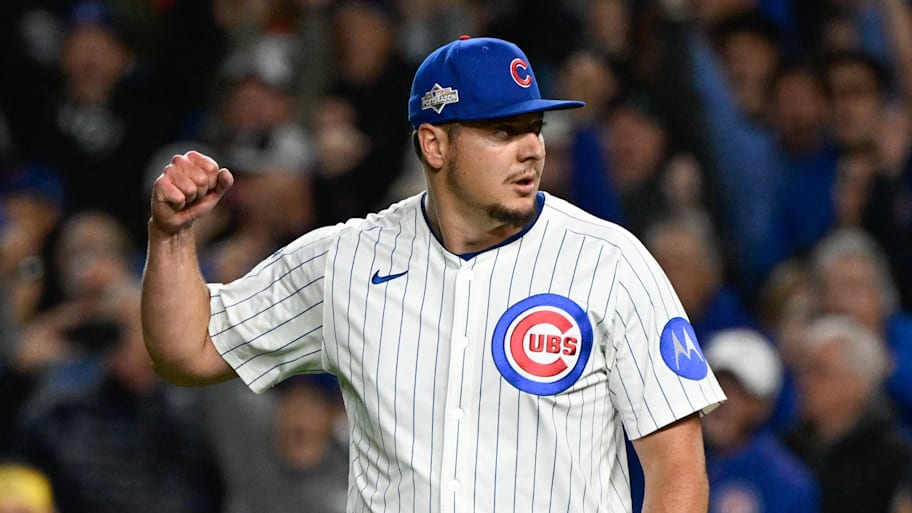
Matt Marton-Imagn Images
Right-hander Brad Keller wasn’t projected to play a major postseason role, but his composure under pressure quickly changed that. In Game 3 against Milwaukee, Keller entered a bases-loaded jam in the eighth inning and escaped with a strikeout and groundout before finishing the ninth for a four-out save, his first career postseason save.
Keller’s steady presence became a cornerstone of Chicago’s bullpen, giving Counsell another key player to trust in the team's most significant moments.
Matthew Boyd: Redemption When It Mattered Most
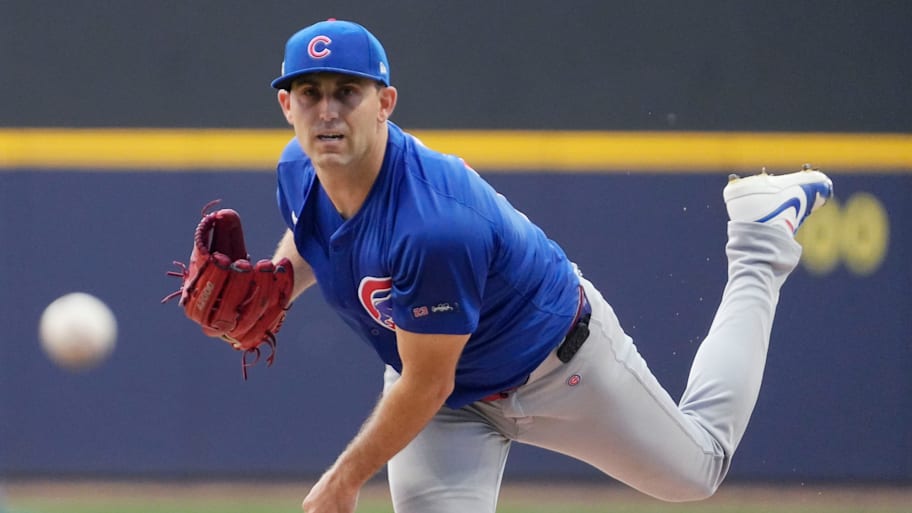
Jovanny Hernandez / Milwaukee Journal Sentinel / USA TODAY NETWORK via Imagn Images
Matthew Boyd’s postseason redemption arc was one of the most underrated stories of the Cubs’ run.
After a rough outing earlier in the NLDS, the veteran lefty rebounded in Game 4, tossing nearly five scoreless innings to help Chicago force a decisive Game 5. His fastball-slider mix was sharp, and his pace kept Milwaukee’s lineup off balance, which is a reminder of why Chicago took a chance on him at the trade deadline.
While Milwaukee ultimately advanced to the NLCS, Chicago’s postseason highlighted that the next wave of Cubs talent has arrived. The performances of Busch, Crow-Armstrong, Keller, and Boyd suggest the team’s future is already taking shape under pressure.
Mike Macdonald’s Defense Has Seattle Looking Like a True Contender in the NFC
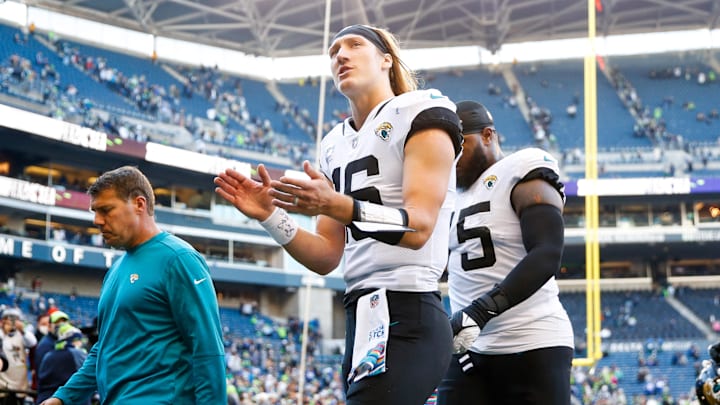
The Seattle Seahawks didn’t just beat Jacksonville on Sunday — they overwhelmed them.
In a 20–12 win that showcased the team’s physical edge and discipline, Mike Macdonald’s defense delivered its most complete performance of the season.
Despite fielding a patchwork secondary and a handful of front-seven injuries, Seattle generated seven sacks, smothered the Jaguars’ ground game, and looked every bit like a top-five defense in the league.
The front four, led by DeMarcus Lawrence and Byron Murphy II, dominated the line of scrimmage, collapsing pockets and forcing Trevor Lawrence into constant pressure.
Murphy, who had just half a sack as a rookie last year, already has 4.5 sacks through six games, while Lawrence continues to anchor the front in his first season after a decade in Dallas.
The result: Jacksonville managed just 59 rushing yards on 19 carries, including a mere 27 yards on 12 attempts from Travis Etienne Jr., one of the NFL’s most productive backs this season.
That kind of defensive control didn’t go unnoticed. During Pro Football Talk’s weekly breakdown, analyst Chris Simms praised Seattle’s physical dominance and trench execution, saying:
“The Seahawks’ defensive line took over the football game. They collapsed the pocket, they couldn’t run the ball — the Seahawks’ D-line whooped the Jaguars up front.”
It was a performance that reflected exactly what Macdonald preaches — relentless pressure, disciplined gaps, and complementary team defense.
Macdonald’s Blueprint Is Taking Hold
Through six weeks, the Seahawks rank second in the NFL in rushing yards allowed per game (79) and fourth overall in total rushing yards allowed (474) — trailing only Houston, Atlanta, and Green Bay.
They’re also top-10 in scoring defense, giving up just 19.5 points per game, nearly matching the Vikings and Colts.
That kind of balance and toughness is precisely what Seattle hoped for when hiring Macdonald last winter. The former Ravens defensive coordinator brought with him a proven system built on hybrid fronts and disguised pressures — and now, it’s starting to click.
Even Pro Football Talk’s Mike Florio took note of that progress, highlighting how well Macdonald’s group has performed under tough conditions.
“The key to the game was Mike Macdonald’s defense. Even with a banged-up secondary, they at least were healthy on the defensive line — and that group took over.”
Those injuries have hit all three levels of the defense. Devin Witherspoon (knee), Riq Woolen (concussion), and Julian Love (hamstring) have all missed time, while veterans Derick Hall, Johnathan Hankins, and Rylie Mills remain sidelined.
Yet the system hasn’t flinched. Depth players such as Ty Okada, Coby Bryant, and Josh Jobe have filled critical roles, keeping Seattle’s defensive identity intact.
Building a Championship Identity
Resilience has been Macdonald’s hallmark — and the Seahawks are embodying it. Despite constant roster turnover, this defense continues to dictate tempo, winning at the line of scrimmage and suffocating opposing run games.
Simms believes that sustained health could elevate Seattle to the NFC’s elite tier.
“If they can play like that on the defensive line, then get Devin Witherspoon and Julian Love back, watch out.”
It’s a warning that carries weight. The Seahawks already boast one of the league’s most consistent front sevens and a top-five run defense.
Once the secondary regains full strength, Macdonald’s unit could rival the NFC’s best. At 4–2, Seattle’s ceiling is rising fast — and their defense is the reason why.



